Ghosts: Traditional British Values
During the long reign of Queen Victoria, the British, desiring to reconcile scientific and technological progress with what they revered as the old English way of life, invented a lot of new things. In accordance with the insular common law, the British sought and found historical precedents to justify everything that seemed to them worthy of justification, whether it was the cult of the family hearth, sexual discipline or neo-Gothic architecture. In a strange way, in the same series of English traditional values of two centuries ago, there are also ghosts, or rather, stories about them.
(Total 5 photos)
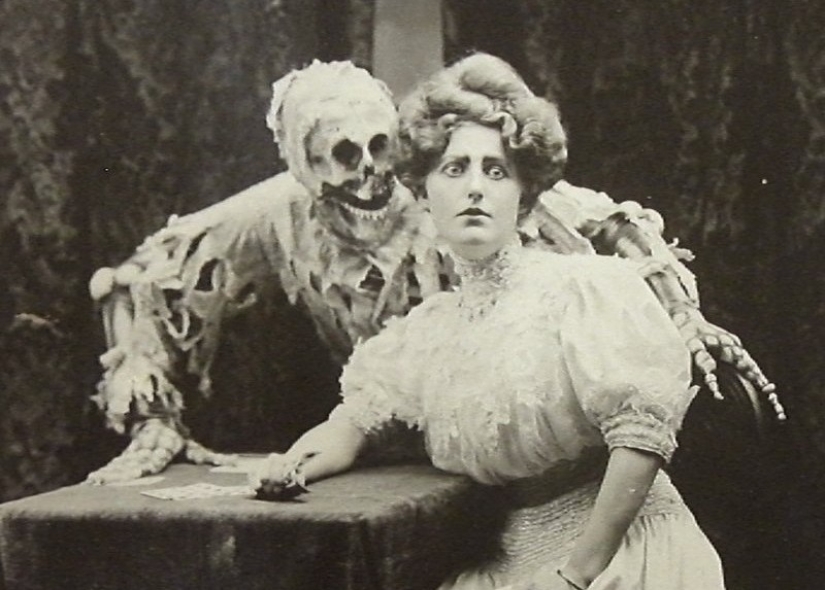
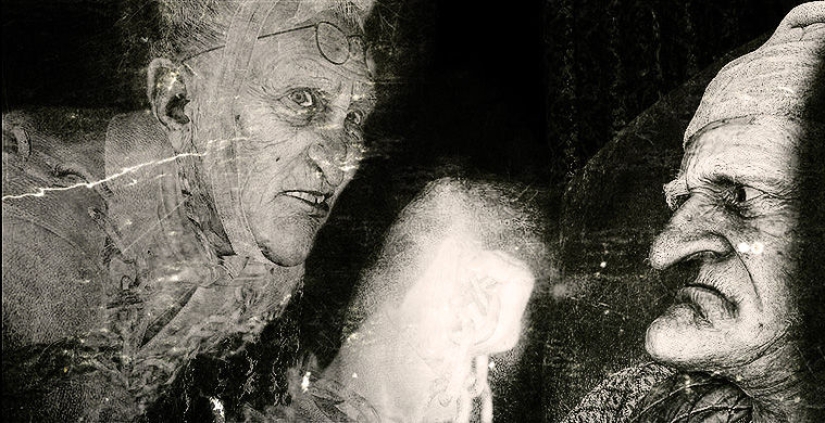
1. Christmas stories
The hero of Charles Dickens, Mr. Pickwick, and his noble companions, during their famous journey through England, had to somehow celebrate Christmas visiting Mr. Wardle, a friend of Mr. Pickwick and owner of a farm in Dingley Dell. When receiving guests, the owner took care to observe the traditions that had prevailed in those places since his youth - in particular, Wardle told travelers the story of the grumpy gravedigger Gabriel Grab. This gravedigger, according to legend, was kidnapped by underground spirits on Christmas Eve, endured their mockery all night, and woke up a different person the next morning, went to foreign lands to atone for sins and returned only ten years later - ragged, sick and enlightened. This story, according to the narrator, has been passed down by word of mouth for many generations. Unlike Wardle, who was skeptical about the story, most of the locals were sure that everything with the unfortunate gravedigger was as described in the legend. What really happened in Dingley Dell is not clear, but it is known that six years after the publication of The Posthumous Papers of the Pickwick Club, Dickens himself will force the British to read ghost stories on Christmas Eve. In December 1843, A Christmas Carol in Prose was published - the story of Mr. Ebenezer Scrooge (very similar in character to the already mentioned Gabriel Grub) and the spirits of present and future Christmas that appeared to him. The story was a huge success among the reading public, and for many decades every Christmas the British met reading scary (and not so) stories about the appearance of supernatural forces in the world of people.
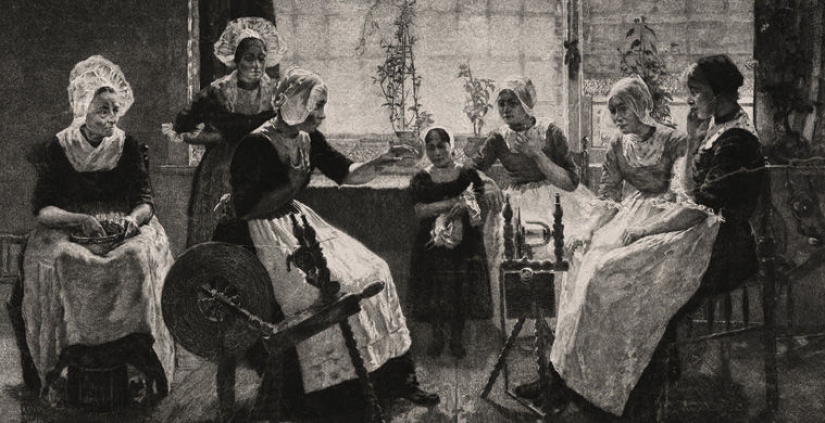
2. The evolution of ghosts and genres
Following Mr. Wardle, the authors of these stories, including Dickens himself, insisted that ghost stories are an integral part of old England. The new genre, which grew out of the Gothic novel and opposed itself to it, positioned itself as an old genre - they say, scary stories were spoken in English families from century to century by word of mouth. Gothic ghosts (they inhabited castles, prophesied and did justice) were replaced by domestic ghosts, which only occasionally invaded the life of venerable families. Now the spirits of deceased relatives only frightened hotel guests and new settlers, and then, as a rule, not to death. Often, as in the case of A Christmas Carol, they did so only to remind the victim of the values of the Christian life.
Among the then new factories and steam engines, the spirits of the dead, invading the measured life of Victorian families, reminded of a past that never existed and at the same time served as a guide for contemporaries. It is characteristic that this "traditional" genre became one of the first samples of mass literature. Ghost stories were printed in cheaper, previously unattainable circulation periodicals "for family reading."
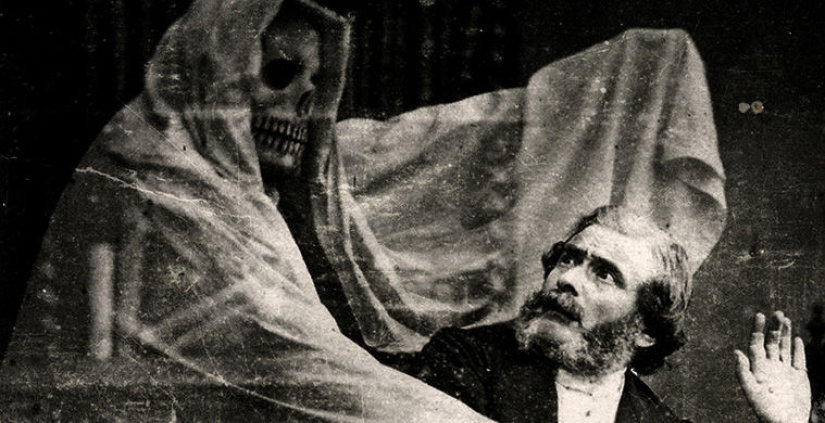
3. Science legalizes ghosts
Protecting the family hearth from attacks by growing capitalism with its factories, proletarians and smog, ghosts also challenged godless science, which undertook to explain all the phenomena of living and inanimate nature at once. As befits ghosts, ghosts were on the border of fiction and reality, and one could believe in them or not. Both believers and non-believers demanded from scientists to prove their case, and the latter willingly accepted this challenge. Literary scholar Srdjan Smadzic attributes the Victorian preoccupation with ghosts to the development of the science of vision and optics. The human eye was no longer considered an instrument accurate enough to be trusted: seeing something and believing in something are now two different things. The criterion for the existence of "something" is not human perception, but the opinion of science. Thus, the phenomenon of ghosts was explained by a pinched optic nerve, a defect in the retina, or simply an optical illusion.
The English physician John Ferriar believed that ghosts should be considered nothing more than memories, vivid enough to irritate the eye. The Victorian man knew how easy it was to deceive his eyesight - a magic lantern, photography, cinema consistently inspired this thought in him.
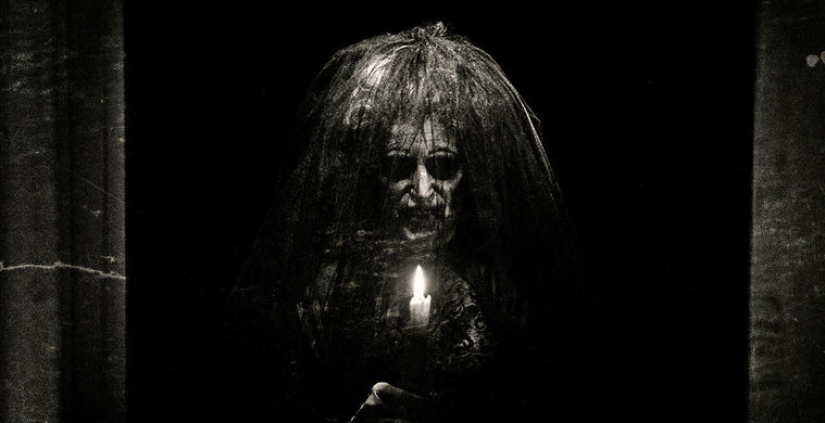
4. Law of the genre
The writers of ghost stories were well acquainted with this circle of scientific and popular literature. Moreover, Walter Scott, the author of the classic novella The Tapestry Room, himself wrote an article in his time, where, referring to the achievements of modern physiology, he exposed the existence of ghosts. The law of the genre, however, required that the reader remain perplexed - none of the scientific versions should have fully explained the phenomenon of the spirit alive. In the same “Room”, the confident tone with which the guest of the mysterious castle spoke about the visit by a ghost ruled out versions of “wild imagination or deception of the optic nerve”. In other cases, the spirit-seer was able to describe in detail the appearance or clothes of the deceased who appeared, who had never seen him during his lifetime. A characteristic plot: after the appearance of a ghost, the one to whom he appeared recognizes him in one of the portraits in the family gallery of the castle. Later, as a rule, it turns out that the person in the portrait was a terrible sinner, for which his soul wanders. The ghost was a ghost for that - it was impossible to catch or explain it.
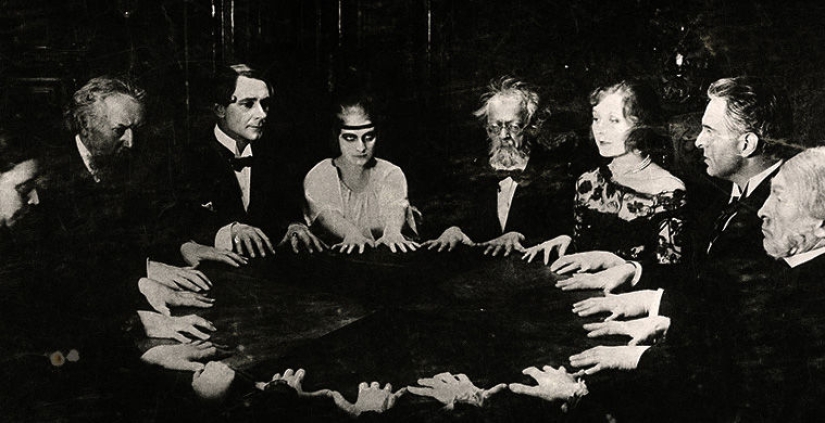
5. Spiritism
Not a deception of the eye, but a deception of the science of vision guarded the Victorian life from the all-consuming rationalism of the era. Another response to those who rejected the existence of ghosts from "optical" positions was the science of "spiritual vision" that was developing at that time. The adherents of the doctrine popular at that time testified: the disbelief of modern man in the possibility of communicating with the ghosts of the dead is explained by his inattention to the spiritual component of being. According to this theory, the human spirit has almost the same set of sense organs as the body, which means that it is permissible to talk about the vision of the spirit. Esotericist Thomas Carlyle developed a whole discipline - spiritual optics, which studied the ability of a person to see not only physical, but also "spiritual" entities. William Howitt, a colleague of Carlisle, formulated the foundations of this new science as follows: "We are constantly surrounded by people from the world of spirits and could see them if carnal and worldly barriers did not rise before our eyes." The reason for this deplorable state of affairs was, according to Howitt, the French Revolution, which deprived a person of spiritual eyes and left only bodily eyes. However, some believed that the process of degradation began even earlier. The same Moses, leading the Jews out of Egypt, communicated mainly not with physical fellow travelers, but with spiritual beings.
This kind of visionary work was extremely popular in all sections of British society, but, oddly enough, had little effect on the ghost story genre. Unlike esotericists, who are just as attentive to ghosts, the readers and writers of these stories did not at all claim to conquer new spheres and worlds. On the contrary, the ghosts from the stories were designed to protect the sphere of family, private life from the invasion of the big, public world of science and technology. The embodiment of this idea of a domesticated ghost would be Oscar Wilde's The Canterville Ghost, published in 1887, the most famous parody of 19th-century Victorian horror stories. An American family acquires a castle with a ghost, but instead of being afraid of the ancient spirit, they introduce him to the benefits of civilization, and then help him finally find peace.
Recent articles

When 19-year-old Marilyn Monroe started to pose for Earl Moran in 1946, she still dreamed of becoming an actress. Moran's already ...

These photos at first glance resemble a video about kissing strangers, but in fact the project was filmed long before that. One ...
Related articles

Spent an entire year of British photographer Simon Roberts (Simon Roberts), exploring the vast Russian expanses. It was almost 14 ...

Not everyone likes a beach holiday, and if you prefer thrills, then it is better to visit any hotel from our list of mysterious and ...

If Dracula had decided to emigrate from his native Transylvania to the foggy Albion, he would probably have chosen Whitby Abbey as ...

The story of Henrietta Lacks is a rare case of an ordinary woman's life changing the face of global medicine. She led a quiet ...